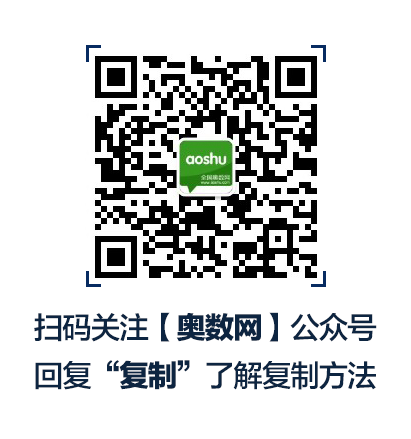2012年宁波小升初英语总复习资料(2)
来源:宁波奥数网整理 2012-05-08 10:58:15

四:动词现在分词详解 动词的ing形式的构成规则:
① 一般的直接在后面加上ing , 如doing , going , working , singing , eating
② 以e 结尾的动词,要先去e再加ing ,如having , writing
③ 双写最后一个字母的(此类动词极少)有:running , swimming , sitting , getting
五:人称代词与物主代词
一、人称代词
|
人称 |
单数 |
复数 |
||
|
主格 |
宾格 |
主格 |
宾格 |
|
|
第一人称 |
I |
me |
we |
us |
|
第二人称 |
you |
you |
you |
you |
|
第三人称 |
he |
him |
they |
them |
二、物主代词
|
数
|
单数 |
复数 |
||||||
|
第一 人称 |
第二 人称 |
第三 人称 |
第一 人称 |
第二人称 |
第三 人称 |
|||
|
形容词性物主代词 |
my |
your |
his |
her |
its |
our |
your |
their |
|
名词性物主代词 |
mine |
yours |
his |
hers |
its |
ours |
yours |
theirs |
|
汉语 |
我的 |
你的 |
他的 |
她的 |
它的 |
我们的 |
你们的 |
他(她、它)们的 |
六:句型专项归类
1.肯定句:是指用肯定的语气来陈述的句子,如:I'm a student. She is a doctor. He works in a hospital.
There are four fans in our classroom. He will eat lunch at 12:00. I watched TV yesterday evening.
2.否定句:含有否定词或表示否定意义词的句子,如:I'm not a student. She is not (isn't) a doctor.
He does not (doesn't) work in a hospital. There are not (aren't) four fans in our classroom.
He will not (won't) eat lunch at 12:00. I did not (didn't) watch TV yesterday evening.
☆注意☆ 小结:否定句主要是在肯定句的基础上加上了否定词 "not".有动词be的句子则"not"加在be后面,可缩写成"isn't,aren't",但am not 一般都分开写.没有动词be的句子则要先在主要动词的前面加上一个助动词(do,does,did),然后在它后面加上"not",你也可以把它们缩写在一起如"don't , doesn't , didn't ).这三个助动词要根据人称和时态来选择,其中"does"只用于一般现在时主语是第三人称单数的情况,而"did"只用于一般过去时,不论主语是什么人称和数,都用"did" .
3.一般疑问句:是指询问事实的句子,此类句子必须用"yes",或"no"来回答.
如:Are you a student Yes, I am / No, I'm not.
Is she a doctor Yes, she is. / No, she isn't.
Does he work in a hospital Yes, he does. / No, he doesn't.
Are there four fans in our classroom Yes, there are. / No, there aren't.
Are you going to buy a comic book tonight Yes, I am. / No, I am not. (Yes, we are. / No, we aren't.)
Will he eat lunch at 12:00 Yes, I will. / No, I will not(won't).
Are they swimming Yes, they are. / No, they aren't.
Did you watch TV yesterday evening Yes, I did. / No, I didn't.
☆注意☆ 小结:一般疑问句是在肯定句的基础上,
①把动词be调到首位,其他照写,末尾标点符号变成问号即可.
②没有动词be的句子则要在句首加上一个助动词(do,does,did)再把紧跟在后面的动词变回原形,末尾标点符号变成问号即可.
这三个助动词也要根据人称和时态来选择,其中"does"只用于一般现在时主语是第三人称单数的情况,而"did"只用于一般过去时,不论主语是什么人称和数,都用"did" .一般疑问句有个重要的原则就是问和答要一致,即问句里的第一个单词(助动词)和简略答句里的这个词是一致的.
相关文章
- 小学1-6年级作文素材大全
- 全国小学升初中语数英三科试题汇总
- 小学1-6年级万博体育app
- 小学1-6年级奥数类型例题讲解整理汇总
- 小学1-6年级奥数练习题整理汇总
- 小学1-6年级奥数知识点汇总
- 小学1-6年级语数英教案汇总
- 小学语数英试题资料大全
- 小学1-6年级语数英期末试题整理汇总
- 小学1-6年级语数英期中试题整理汇总
- 小学1-6年语数英单元试题整理汇总






